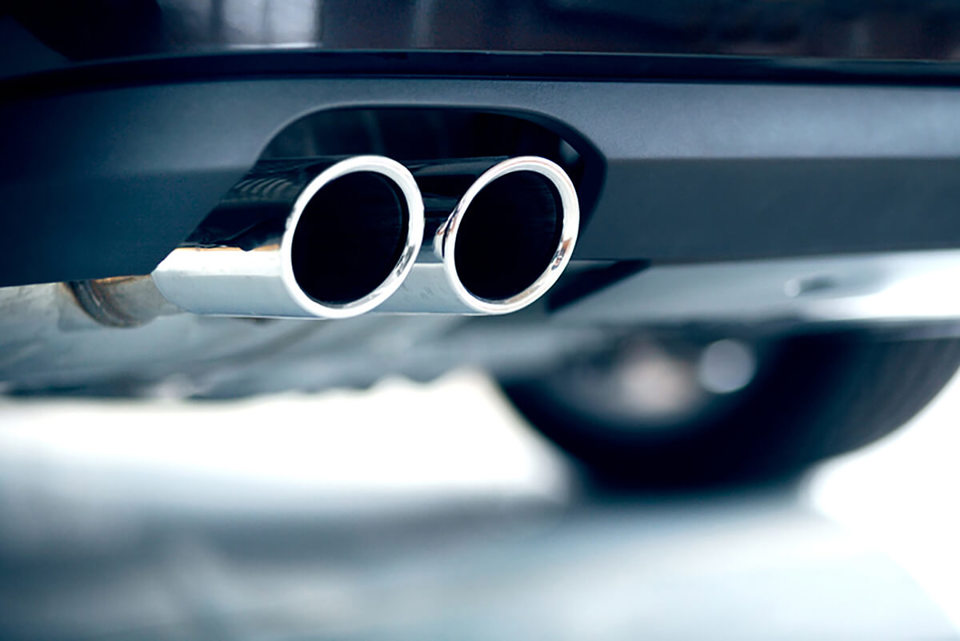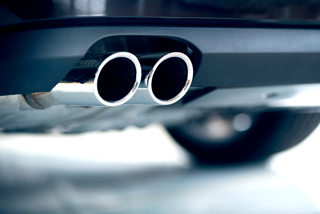Plug-in hybrid vehicles will face more rigorous emissions testing this year in order to establish more accurate real-world data.
As a result, the company car tax position for many PHEV models is likely to become less attractive.
Under the current company car tax rules, cars that emit less than 50g/km of CO2 are divided into bands based on their zero-emission driving distance. Most PHEV models fall into this category and attract a 5%, 8% or 12% benefit-in-kind (BiK) rate.
If the CO2 emissions for a PHEV model increase beyond 50g/km, as part of the revised test, then drivers will face a BiK rate of at least 15%.
It's a double-blow for PHEVs following changes to the BiK bands announced in the October budget.
What has changed?
Known as Euro 6e-bis, the revised emissions standard applies to all newly launched PHEVs from January 1, 2025, and to all models on sale from December 31.
It means all existing PHEV models will have to be re-homolgated before the end of 2025. Company car tax will based on the figure that applies from the car's production date.
Drivers who already have PHEV models will not be affected by the changes but those ordering new cars this year may see an increase in the car's BiK tax rate if the vehicle is re-homolologated between the point of order and delivery.
For determining the official CO2 emission value of PHEVs, CO2 emissions are measured in two operating modes: a) when driving with a fully charged battery until depletion and b) when driving with an empty battery. The measured CO2 emissions are then weighted using a utility factor (UF), which depends on the range a PHEV can cover in battery depleting operation.
The European Comission made adjustments to the UF in 2023, as part of the Euro 6e regulations, in order to address criticisms that the previous testing regime did not adequately reflect real-world use.
Under Euro 6e, the UF was increased to 800km (497 miles). For Euro 6e-bis the UF is 2,220km (1,367 miles).
How big of an impact will the changes have?
To illustrate how the revised UF curves affect the official CO2 emission values of PHEVs, the International Council on Clean Transport (ICCT) analysed the effect on a BMW X1 xDrive25e PHEV. The vehicle can drive a distance in charge depleting operation of about 70km (43 miles). Using the current UF curve, this results in an official CO2 emission value of approximately 45g/km. When applying the Euro 6e-bis UF, the CO2 emission value of the X1 will almost double to 96g/km.
As a result, the BiK rate for the X1 would increase from 8% to 24%.
In 2027, further changes will see the UF increase to 4,260km (2,647 miles). At this point, the X1's emissions would increase to 122g/km, according to the ICCT.






















Login to comment
Comments
No comments have been made yet.